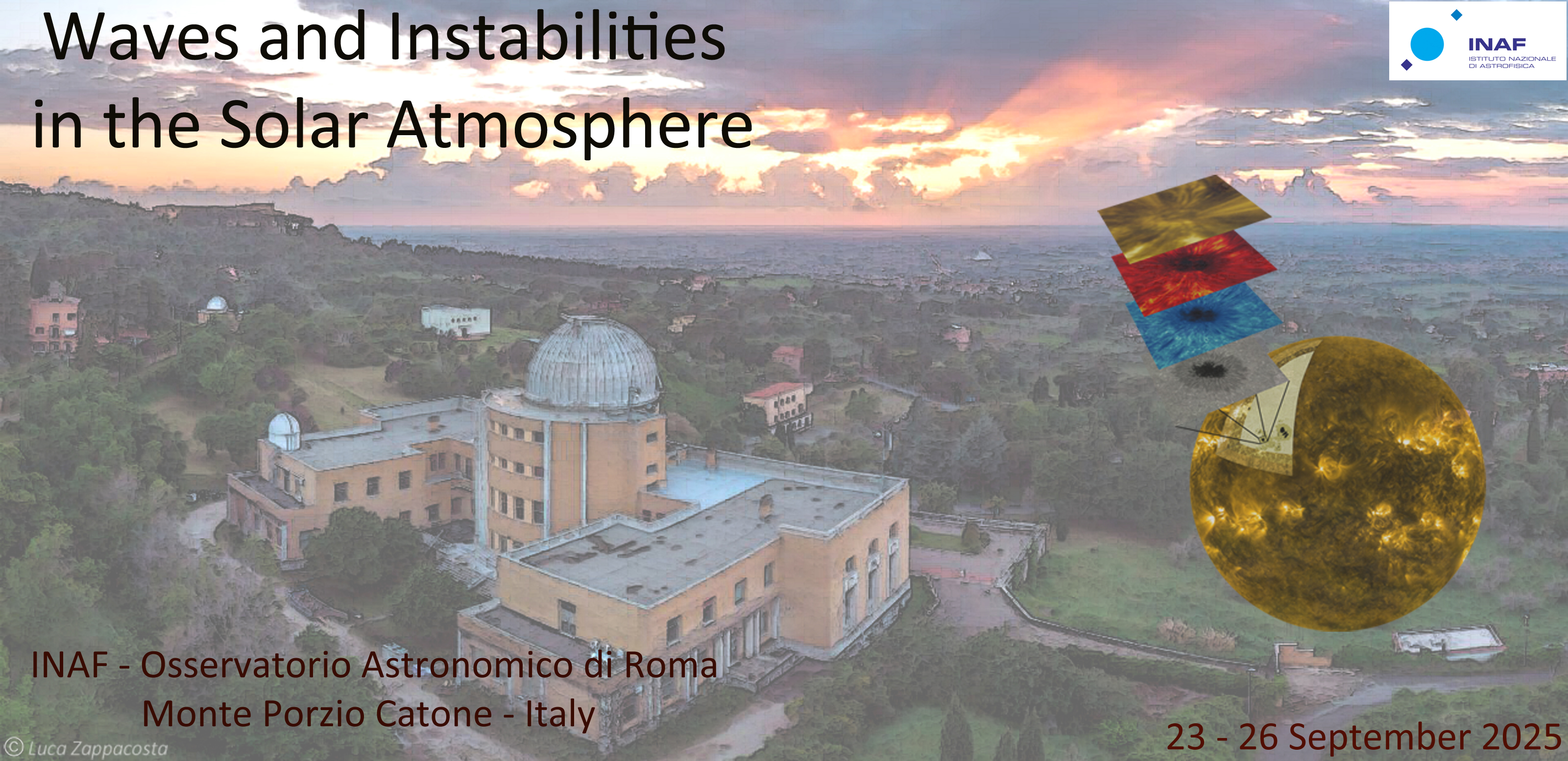Speaker
Description
Abstract
The evolution of the magneto-Rayleigh-Taylor instability (MRTI) in a slab model of an isolated horizontal magnetic flux sheet embedded in a two-layer atmosphere with different densities and temperatures is investigated using the 2.5D magneto-hydrodynamic (MHD) code AMRVAC.
In the solar context, this two-layer model serves as a simplified representation of the photosphere/chromosphere interface. The horizontal flux sheet, initially representing a solar prominence anchored between two sunspots, is located in the high-density, low-temperature layer, satisfying the MRTI conditions under a constant gravitational acceleration. The magnetic field is primarily horizontal (Bx = 14 G), which constrains the development of perturbations along this direction. Ideal MHD is assumed. The instability is primarily driven by the buoyancy force, which causes the denser plasma to sink while the lighter plasma rises. As the instability develops, mushroom-shaped descending structures form as heavy plasma slides downward, while buoyant bubbles rise due to the lower density and the restoring magnetic pressure. This process amplifies the deformation of the interface, further enhancing the instability. In the nonlinear regime, the buoyancy-driven sinking magnetic structures reach a velocity of approximately 4 km/s, moving almost vertically until they reach the photosphere. The interaction of these descending flux tubes with the photosphere could influence the formation of penumbral structures by altering the local magnetic field topology and plasma flows.
| Sessions | Instabilities |
|---|

